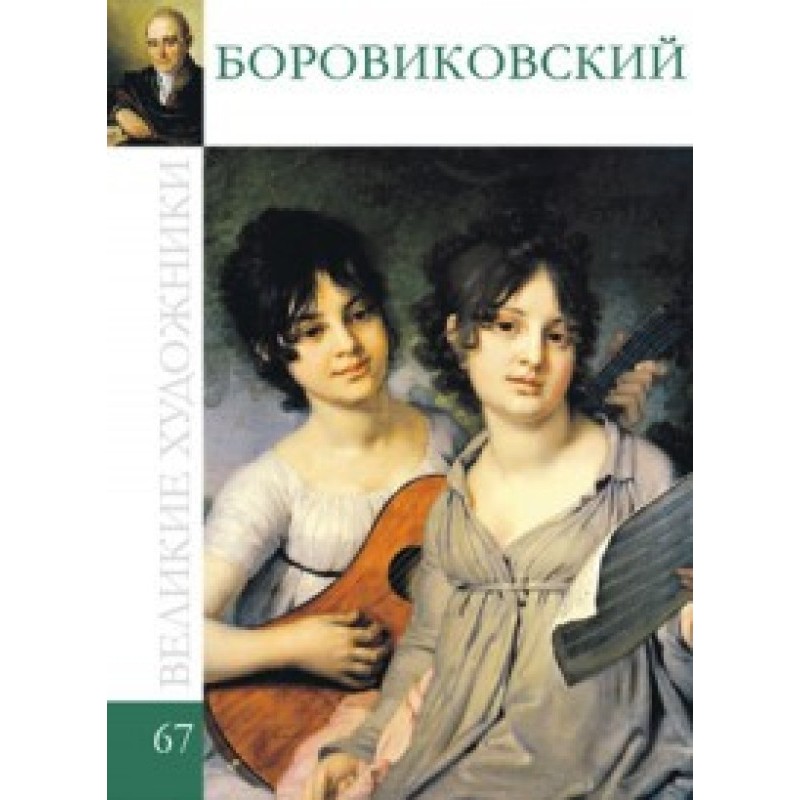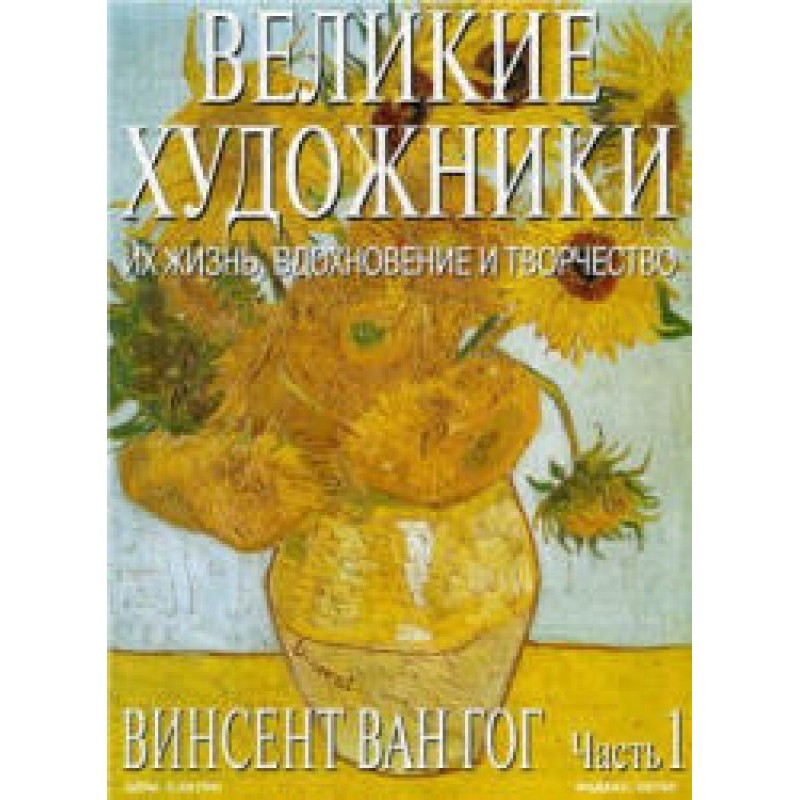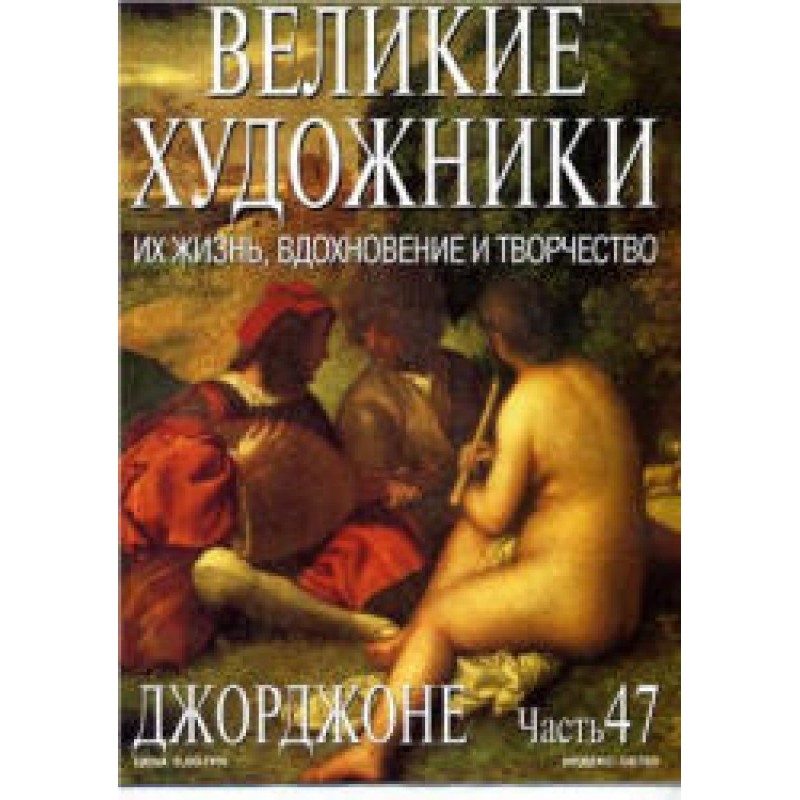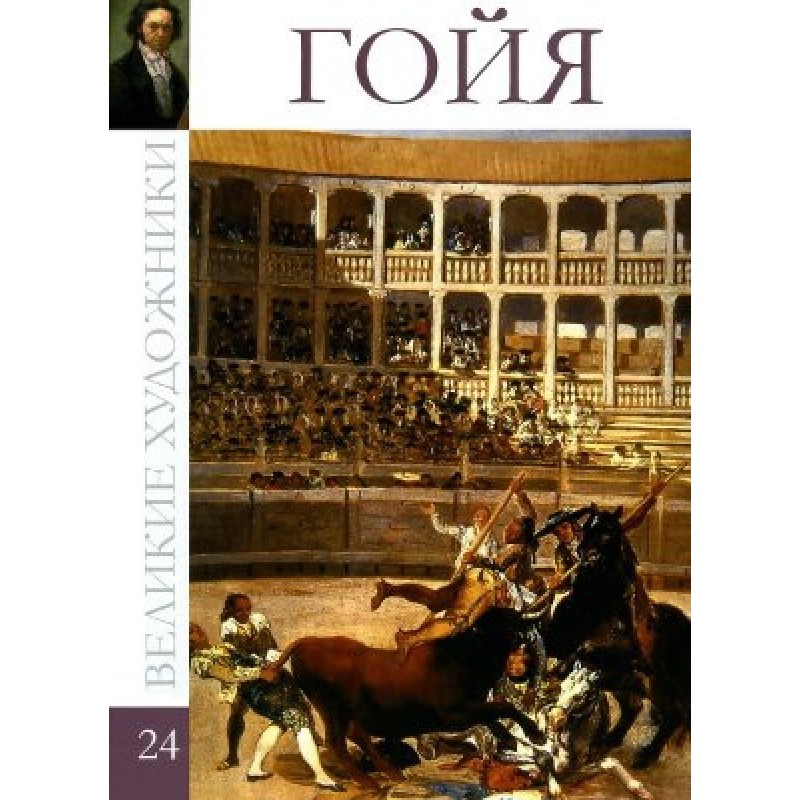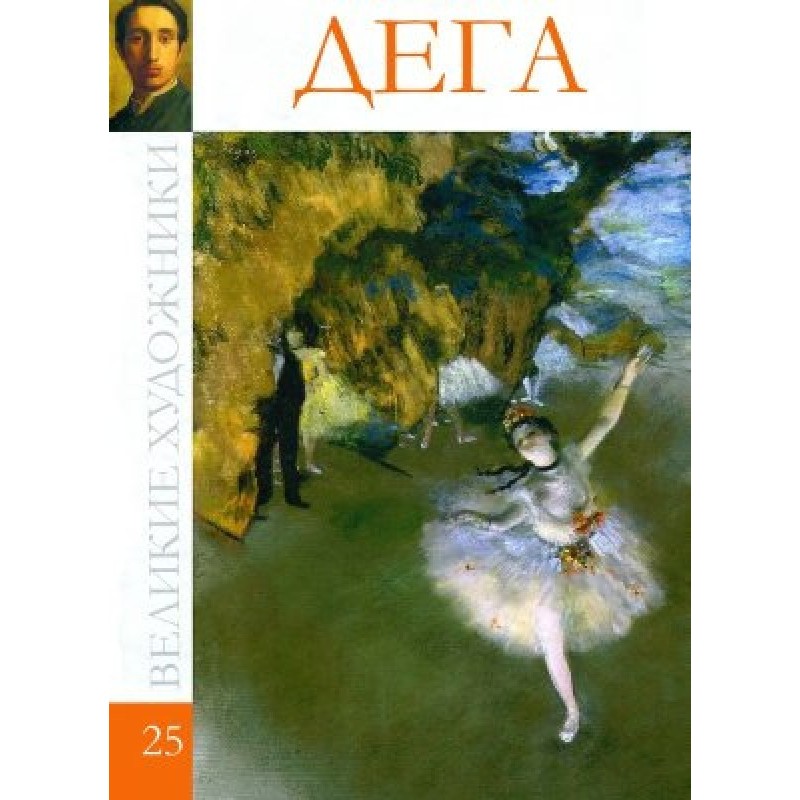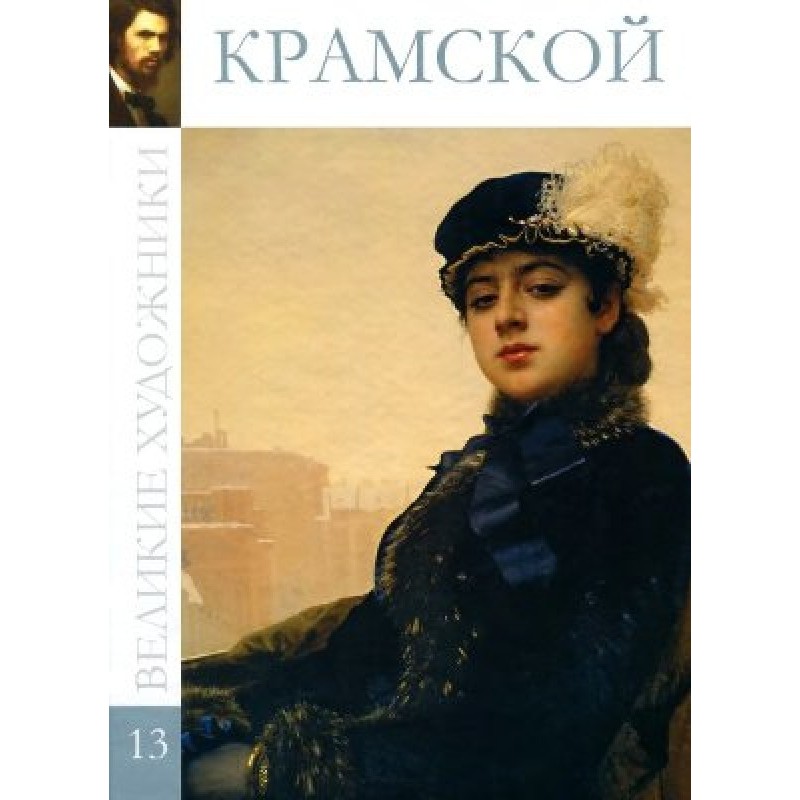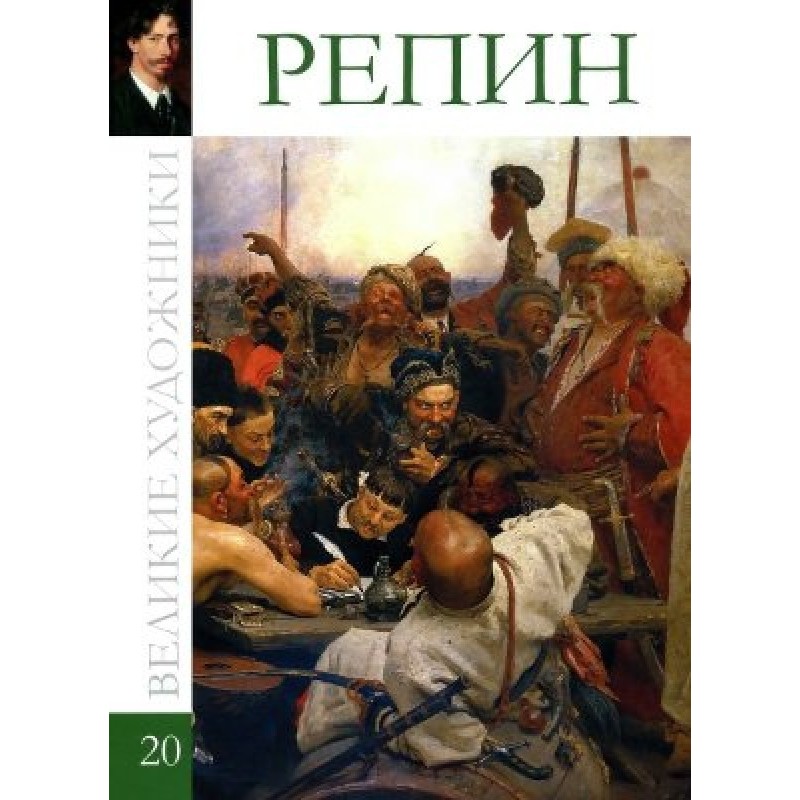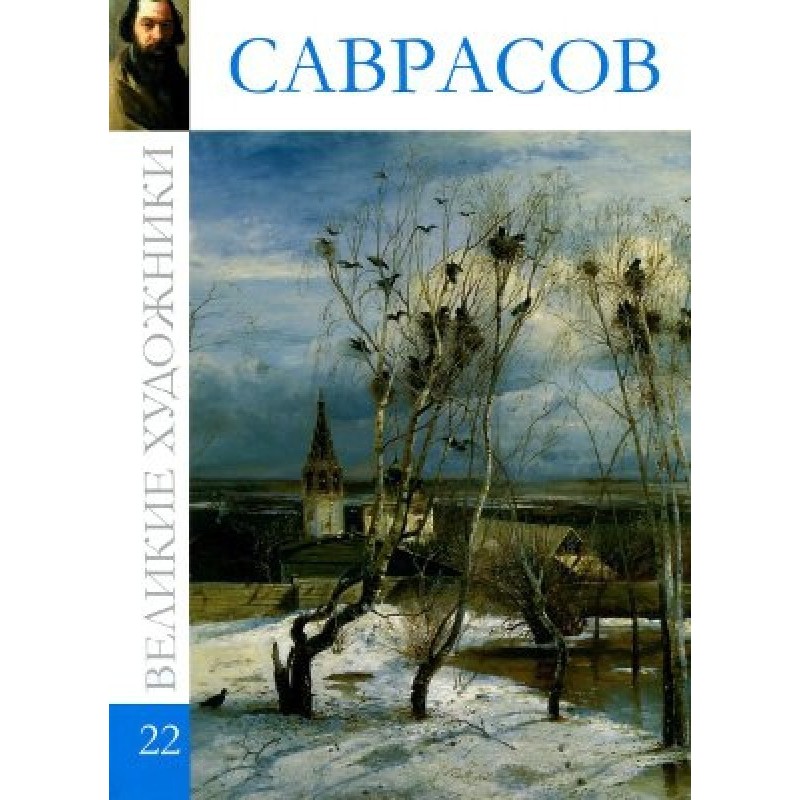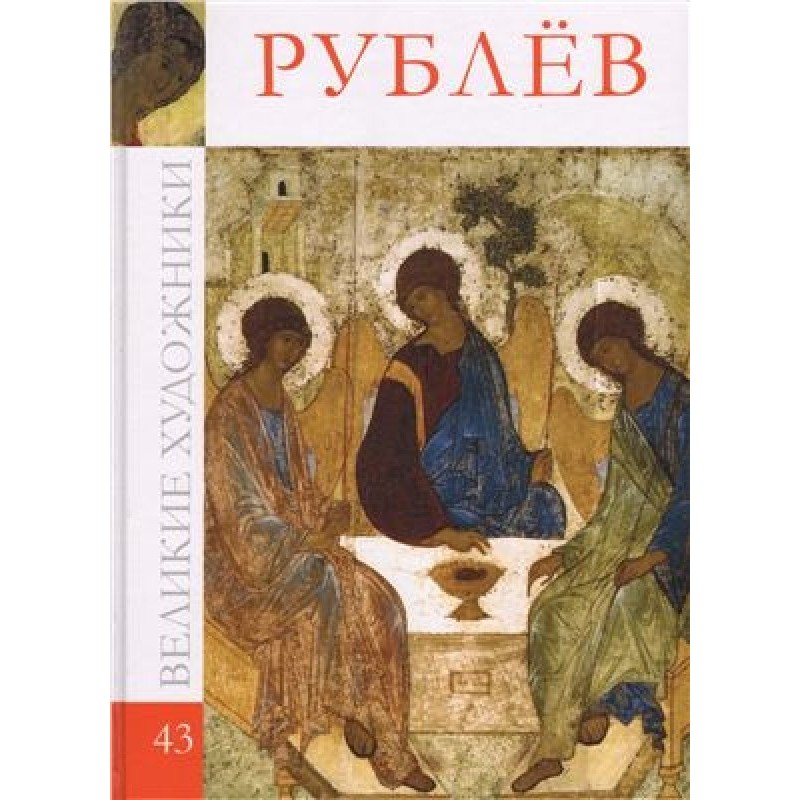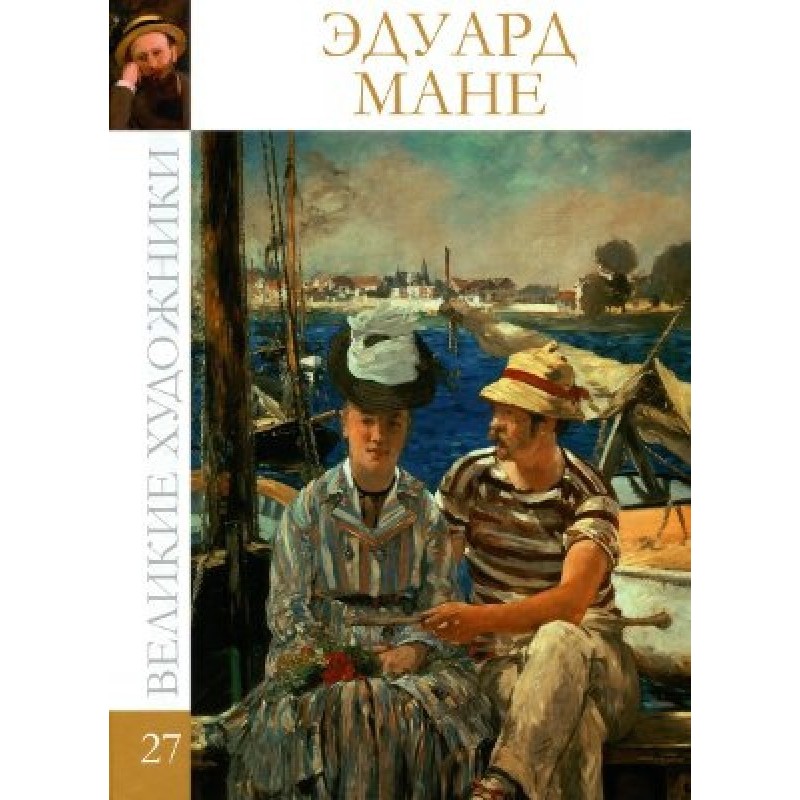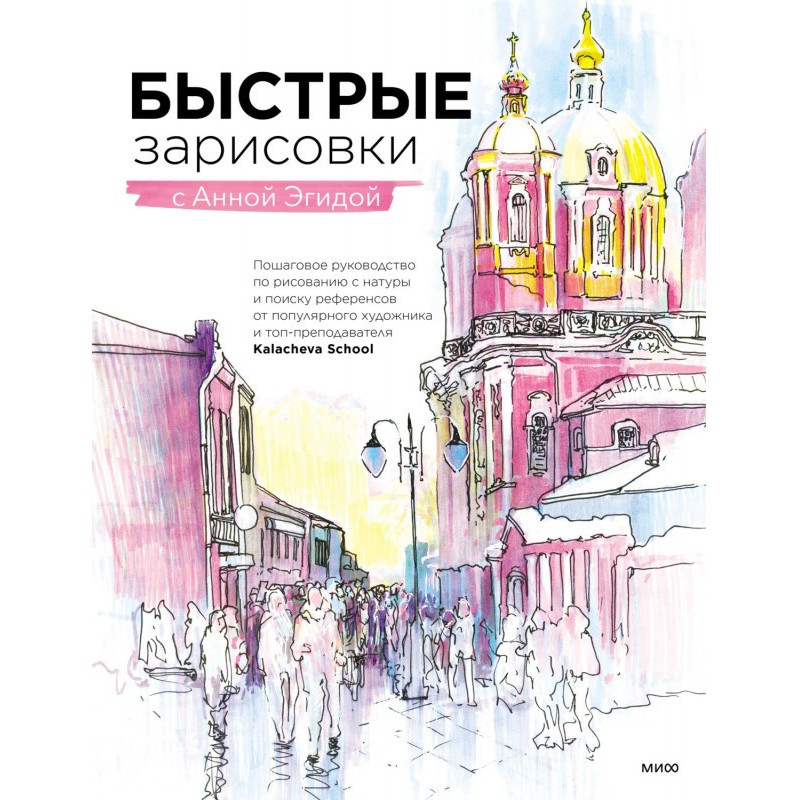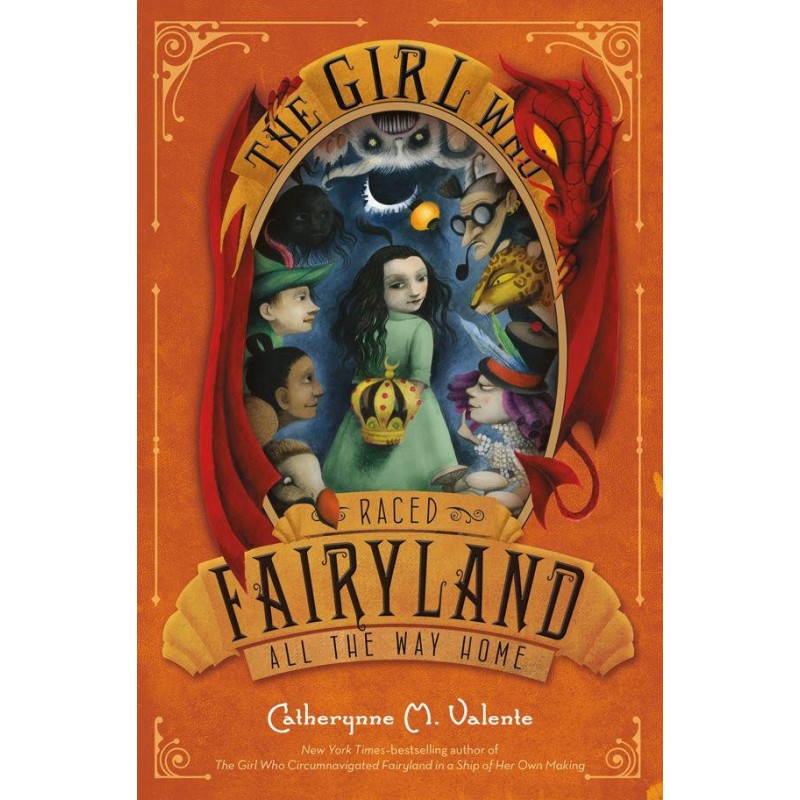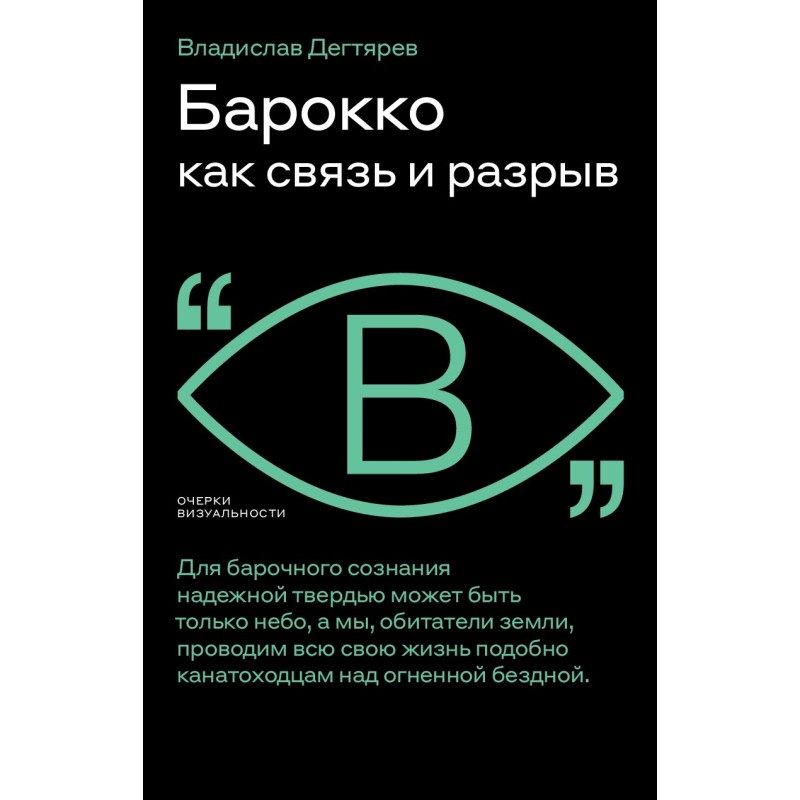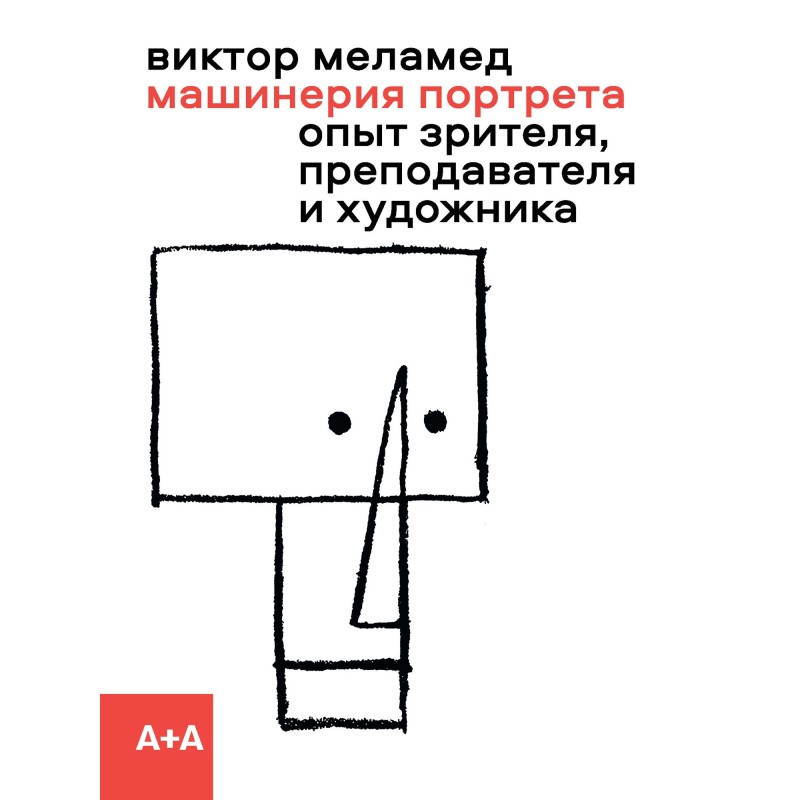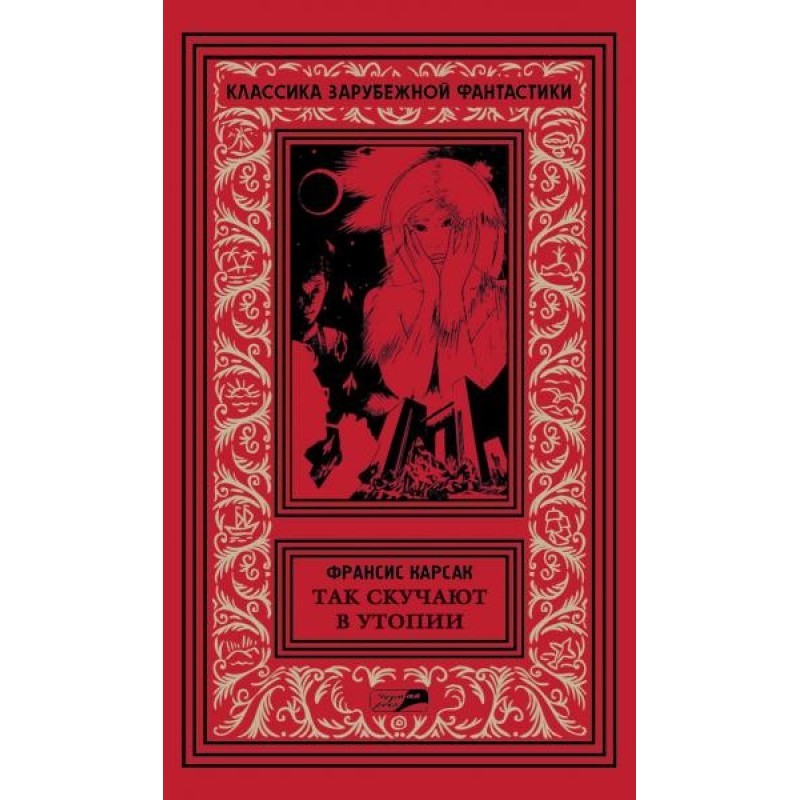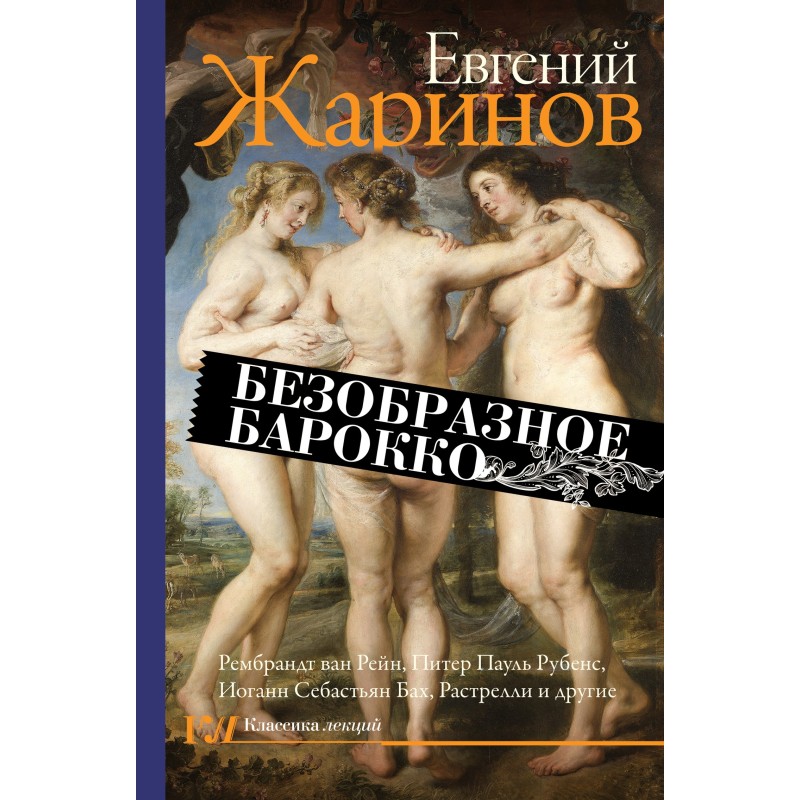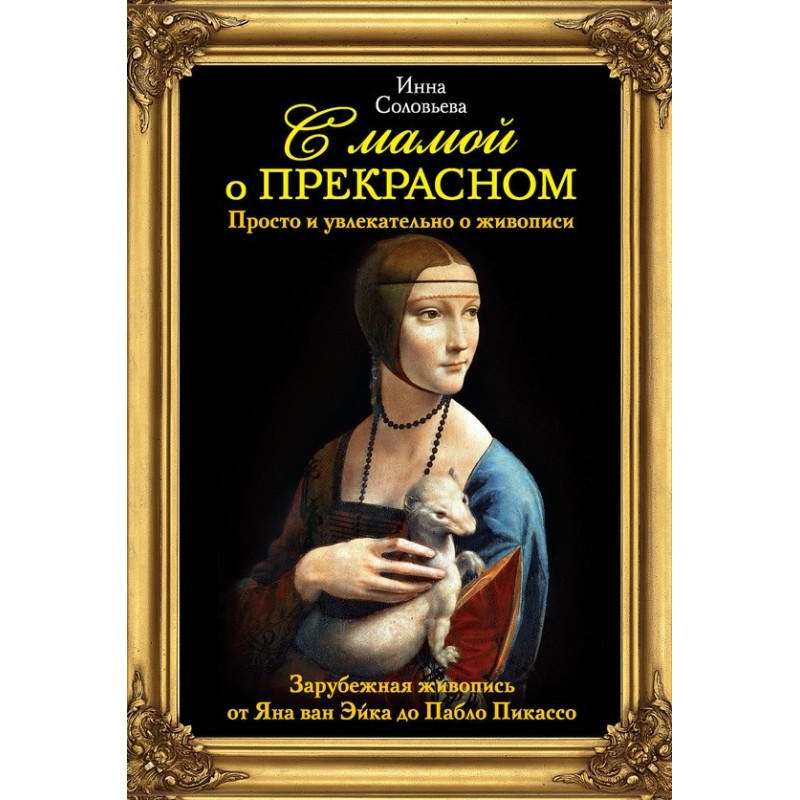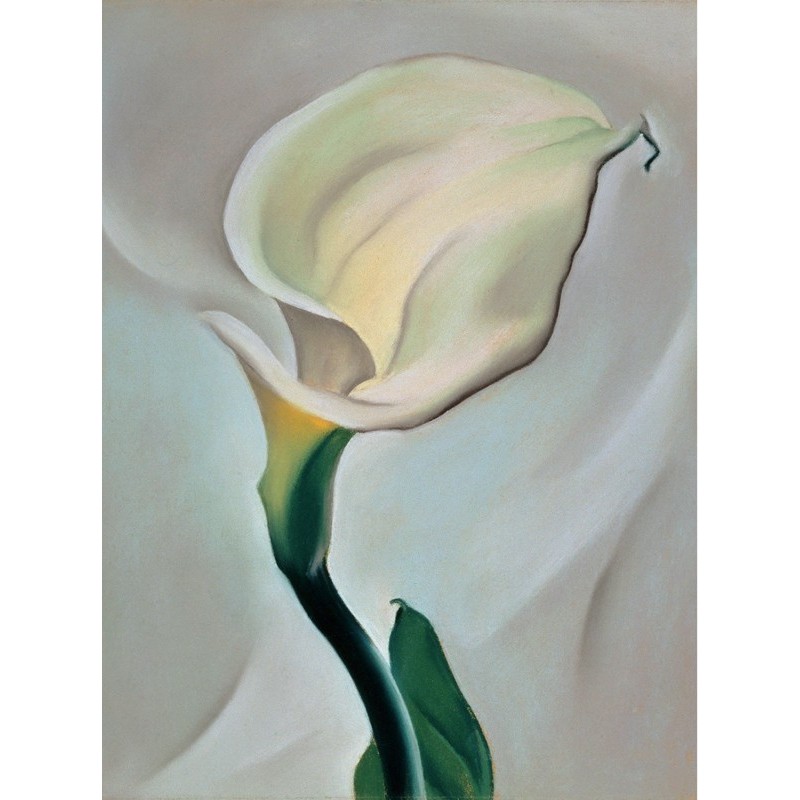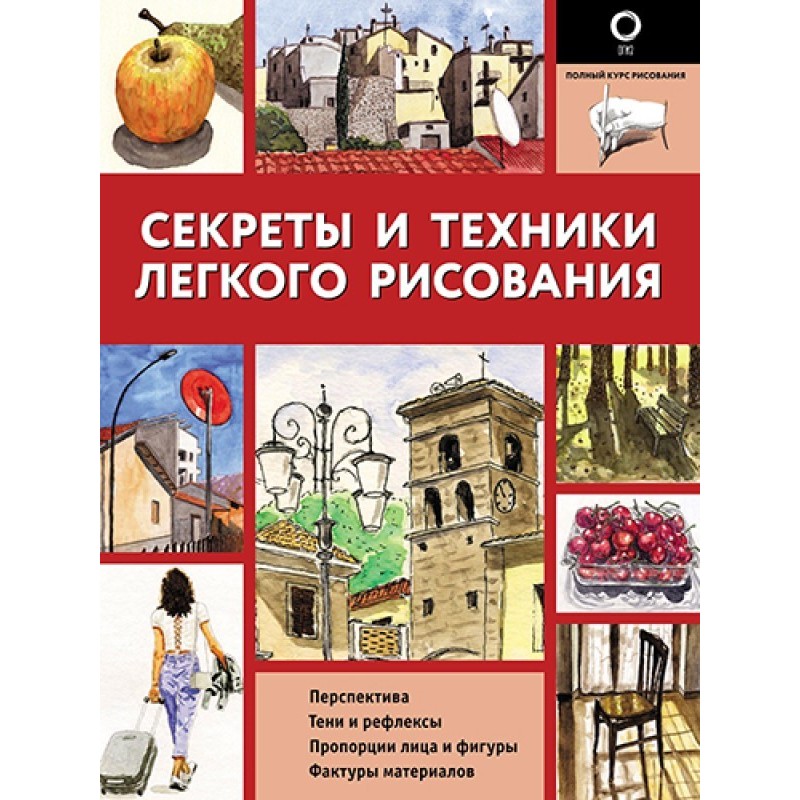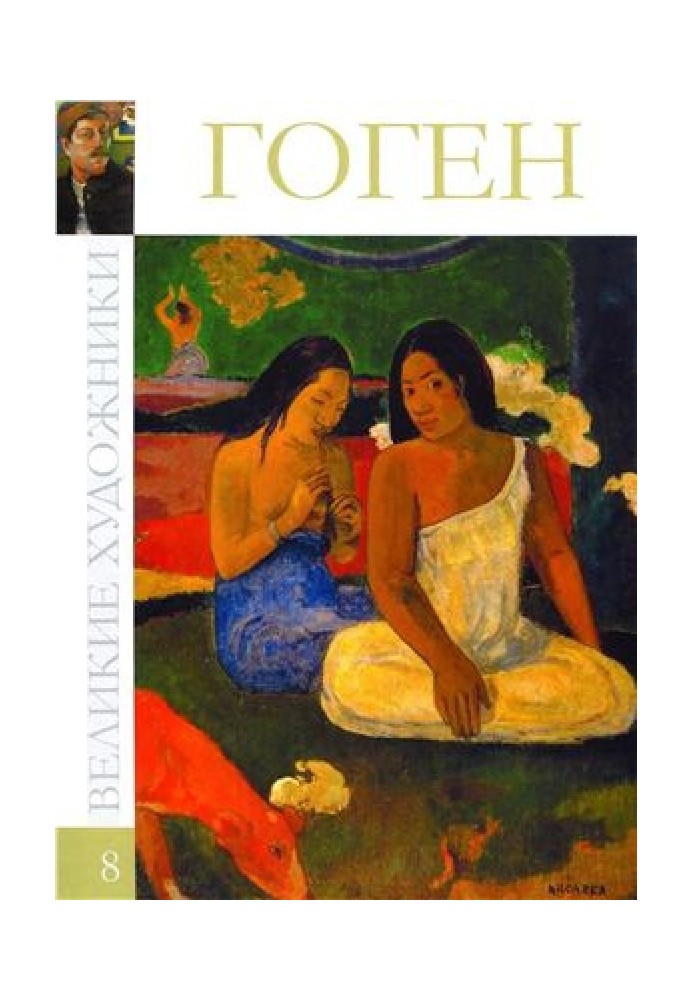Gauguin
 Instant download
Instant download
after payment (24/7)
 Wide range of formats
Wide range of formats
(for all gadgets)
 Full book
Full book
(including for Apple and Android)
“Great Artists” - a collection about outstanding masters of painting. The book series contains more than 50 illustrations, an “elegantly written” biography of the artist and the history of the creation of paintings.
One of the main representatives of post-impressionism, the French artist Paul Gauguin (1844-1903), started the fashion for downshifting (flight from civilization) long before how this term came about. For modern “fugitives from big cities,” Gauguin is a cult figure, and his painting “Don’t Work” is almost an icon. In his decorative, emotionally rich in color, static in composition flat canvases, the artist created a poetic world of harmony between man and nature. Gauguin was completely captivated by painting after becoming acquainted with the work of the Impressionists, in whose exhibitions he himself soon took part. Wanting it completely To devote himself to art, Gauguin separated from his family, leaving five children, and quit his job at a bank. His first works are sometimes imitative in nature (“The Seine near the Jena Bridge”), but from the late 1880s Gauguin became one of the most significant artists of post-impressionism. With a group of followers, he settles in the village of Pont-Aven (Brittany), where original morals, customs, beliefs, and ancient costumes are still preserved. He is attracted to life among people not affected by modern civilization (“Vision after the Sermon”, “The Swineherd. Brittany”). The masters of the “Pont-Aven School” simplify forms, fill the plane of the canvas with large color masses, outlining them with a clear outline, as in cloisonné enamel, hence the name of their method: “cloizonism” (from the French cloison - partition). Spiritual quests bring Gauguin closer to symbolism. He sees the artist’s task as penetrating the secret essence, the hidden meaning of a phenomenon and revealing it to the world (“Yellow Christ”). Gauguin is characterized by an incessant thirst for change of place: in 1887 he suddenly leaves for Martinique, in 1888 he returns to Pont-Aven, in the winter of the same year he appears in Arles in the south of France, working with Van Gogh, who dreams of creating a brotherhood of artists. However, their relationship ends in a quarrel and breakup. In 1891, Gauguin decides to leave for Tahiti in the hope of finding there the embodiment of his dream of a golden age, of life in harmony with nature and people. In Tahiti, his talent acquired amazing power; his most famous paintings were created here, depicting free, beautiful people living in unity with generous, benevolent nature. He paints Tahitian women either against the backdrop of hot sand, the pinkish tones of which set off the amber-swarthy bodies of women (“Are you jealous?”), or among tropical greenery (“Tahitian Woman with a Mango Fruit”). Tahitian paintings are festive in color, resembling bright decorative panels (“Tahitian pastorals”). However, utopia did not work out. The hot golden sand of Tahiti did not save the artist from another mental crisis. He is tormented by doubts, and the paintings often reflect the anxious state of his soul: “Nevermore”, “Motherhood”, “Where do we come from? Who are we? Where we are going? " Gauguin leaves his paradise, the island, returns to France, then runs back to the islands. There he died, poor, unhappy, but a great artist, who was able to find there on planet Earth although just a small piece of the perfect world he invented.
Data sheet
- Name of the Author
- Автор Неизвестен -- Искусство
- Language
- Russian
Reviews
Вражаюча подорож у світ мистецтва!
Книга "Гоген" з серії "Великі художники" є справжнім скарбом для всіх, хто цікавиться живописом та історією мистецтва. Вона не лише знайомить читача з біографією видатного художника, але й занурює в його емоційний світ, розкриваючи глибину його творчості та філософії. Ілюстрації, які супроводжують текст, доповнюють враження і дозволяють побачити, як Гоген втілював свої ідеї на полотні. Особливо вразила історія його пошуків гармонії з природою та людьми, а також його прагнення до змін і нових вражень. Книга підкреслює, як особисте життя Гогена вплинуло на його творчість, і як він, незважаючи на всі труднощі, залишив нам безцінну спадщину у вигляді своїх картин. Це не просто біографія, а справжня подорож у світ кольору, емоцій та глибоких роздумів. Рекомендую цю книгу всім, хто хоче зрозуміти, як мистецтво може відображати душу людини!



